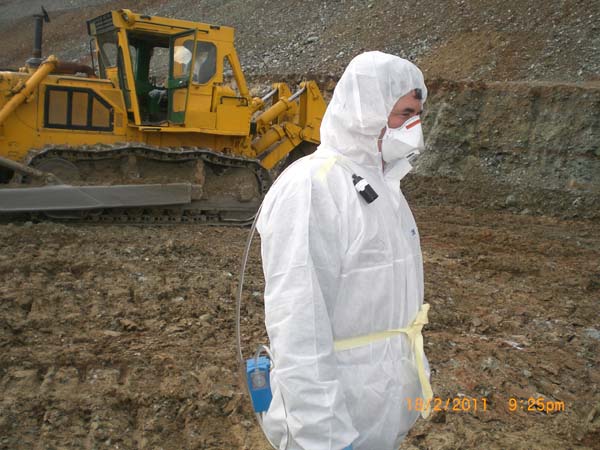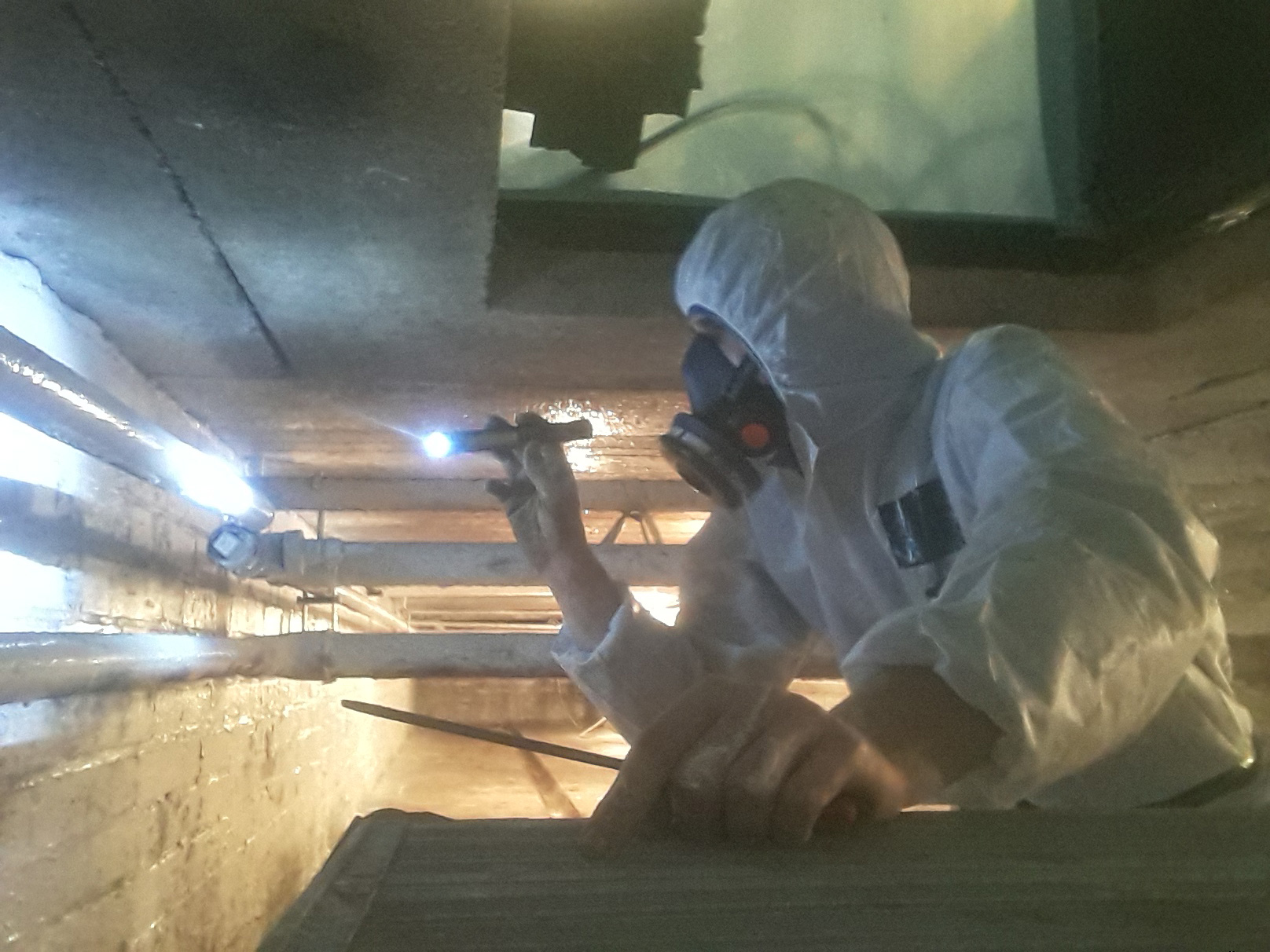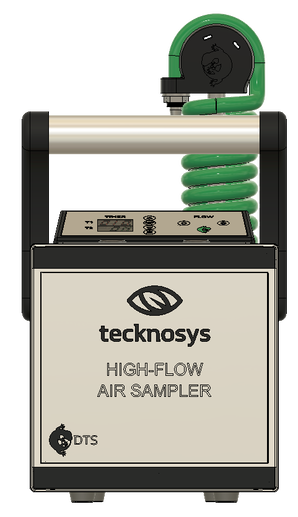Your Guide to Effective Asbestos Evaluating Procedures
Asbestos testing procedures are a crucial element of ensuring the security of interior settings, especially in older structures where this dangerous product might be existing. The possible health risks connected with asbestos direct exposure make it essential to approach screening with accuracy and thoroughness.
Understanding Asbestos and Its Dangers
Asbestos, a normally occurring mineral known for its warm resistance and longevity, positions extreme health risks when its fibers are inhaled or consumed. asbestos inspection. Exposure to asbestos can lead to significant health and wellness problems such as lung cancer cells, asbestosis, and mesothelioma cancer. In spite of its helpful residential properties, asbestos has actually been extensively outlawed in several nations because of the tested link in between asbestos direct exposure and these lethal conditions
The threat lies in the tiny fibers that can conveniently end up being air-borne when asbestos-containing materials are disturbed or harmed. When breathed in, these fibers can end up being lodged in the lungs, causing swelling and scarring in time. The latency period in between exposure to asbestos and the development of relevant illness can span several decades, making early detection and avoidance important.
Asbestos was generally used in construction products, insulation, and vehicle components before its wellness dangers were totally comprehended. Today, proper screening and elimination of asbestos-containing materials are essential to shield individuals from the dangers related to asbestos direct exposure.
Identifying Potential Asbestos Materials
The recognition of possible asbestos products is an important action in making certain the security of individuals exposed to hazardous substances in numerous atmospheres. Asbestos can be located in a vast array of structure products, including but not limited to insulation, ceiling tiles, floor tiles, cement sheets, and roof roof shingles - asbestos testing cost. Determining these materials accurately is necessary to successfully handling the dangers connected with asbestos exposure

In instances where visual examination is inconclusive, examples of suspected materials can be accumulated and sent to approved labs for testing. These labs employ specialized techniques such as polarized light microscopy or transmission electron microscopy to properly establish the presence of asbestos fibers in the samples. By following extensive recognition treatments, individuals can efficiently minimize the risks connected with asbestos direct exposure.
Choosing the Right Testing Technique
Recognition of potential asbestos materials plays a critical role in establishing the suitable screening technique for accurate asbestos fiber discovery. Once thought products have actually been identified, choosing the appropriate testing approach is necessary to make sure trusted results. There are two primary techniques for asbestos screening: polarized light microscopy (PLM) and transmission electron microscopy (TEM) PLM is commonly used for preliminary testing as it is cost-efficient and offers quick results. Nonetheless, PLM has constraints in discovering asbestos fibers that are smaller sized than 1 to 3 microns. On the various other hand, TEM is an advanced method that can precisely identify asbestos fibers at the ultrastructural level. While TEM is more expensive and taxing than PLM, it provides higher level of sensitivity and uniqueness in asbestos discovery. Selecting the suitable testing method depends on various elements such as the kind of material being checked, the called for level of sensitivity of the evaluation, and the available spending plan. It is crucial to consult with certified asbestos screening specialists to figure out the most suitable approach for your details screening requirements.
Conducting Example Collection Safely
When gathering samples for asbestos testing, prioritizing precaution is critical to reduce prospective exposure risks. Asbestos fibers are dangerous when disturbed, making it vital to comply with proper safety and security protocols throughout example collection - asbestos survey. Before beginning the sampling process, make certain that you are geared up with personal safety tools (PPE) such as disposable coveralls, goggles, masks, and handwear covers to avoid breathing or call with asbestos fibers
It is vital to wet the sampling location making use of a mild mist of water to protect against the fibers from ending up being airborne during collection. When collecting examples and avoid aggressive scuffing or drilling that might launch asbestos fibers into the air, Usage caution. Rather, meticulously reduced a tiny piece of the product making use of suitable devices and place it right into a secured container for evaluation by a licensed lab.
Furthermore, identifying each sample with in-depth info regarding the sampling place, collection agency, and date's name is necessary for accurate record-keeping and evaluation. By complying with these safety and security standards, you can conduct example collection for asbestos testing properly while lessening the danger of exposure.
Analyzing Test Results and Following Steps

Conclusion
To conclude, efficient asbestos screening treatments are necessary in recognizing and taking care of potential wellness dangers anchor connected with asbestos exposure. By understanding the dangers of asbestos, recognizing prospective materials, selecting the appropriate screening approach, conducting sample collection safely, and interpreting test results accurately, companies and individuals can take the necessary steps to protect themselves and others from the hazardous impacts of asbestos. It is crucial to prioritize safety and correct testing procedures to ensure a healthy and balanced environment for all.

Identification of prospective asbestos materials plays a vital role in identifying the appropriate screening method for accurate asbestos fiber discovery. The test results will suggest the existence or lack of asbestos, the type of asbestos fibers existing, and the concentration degrees.In final thought, effective asbestos screening procedures are important in identifying and handling potential wellness dangers connected with asbestos exposure. By recognizing the dangers of asbestos, determining prospective materials, choosing the appropriate testing approach, conducting example collection securely, and interpreting examination results accurately, companies and people can take the needed steps to visit this web-site shield themselves and others from the dangerous impacts of asbestos.